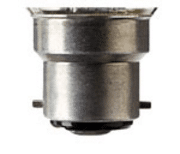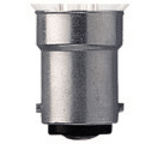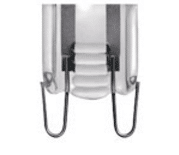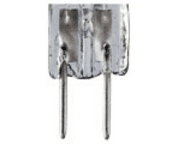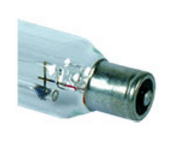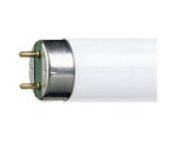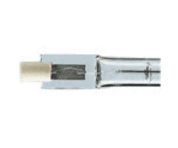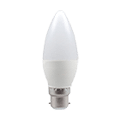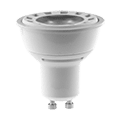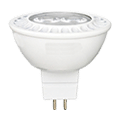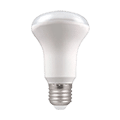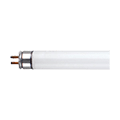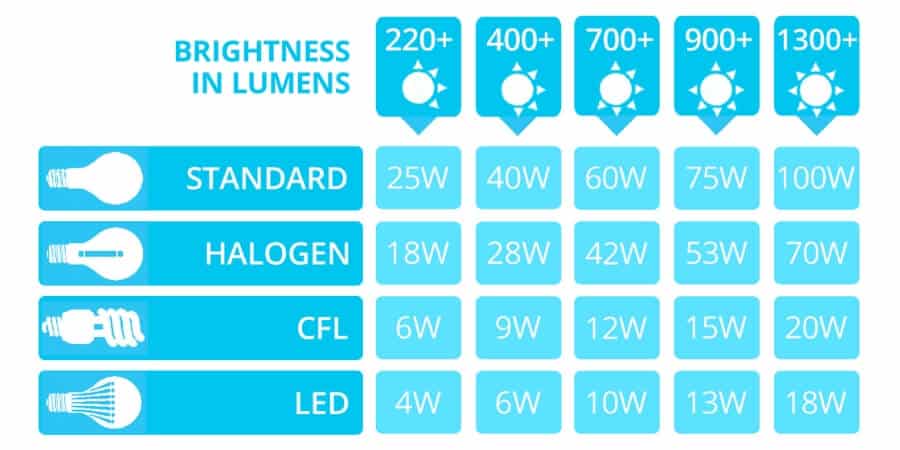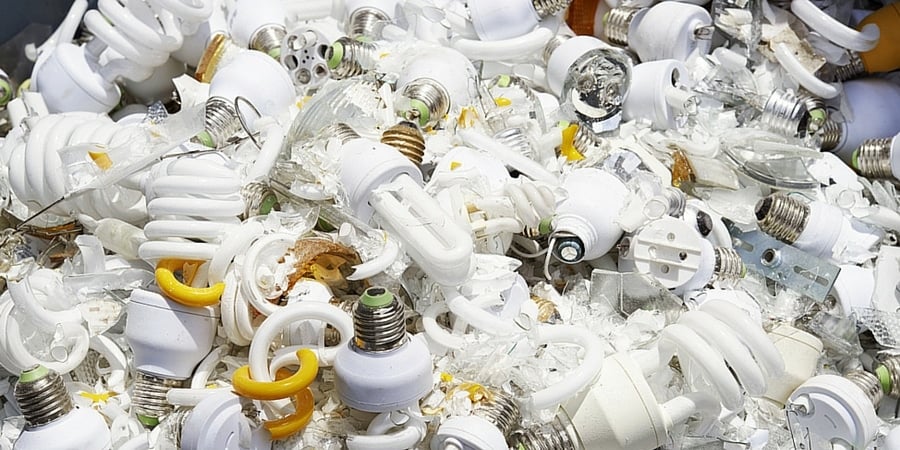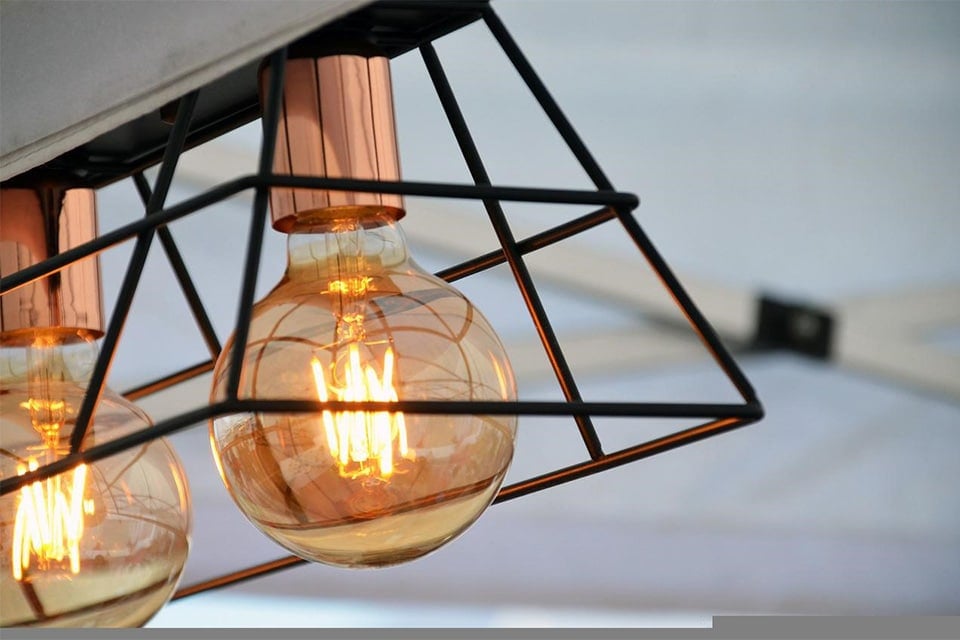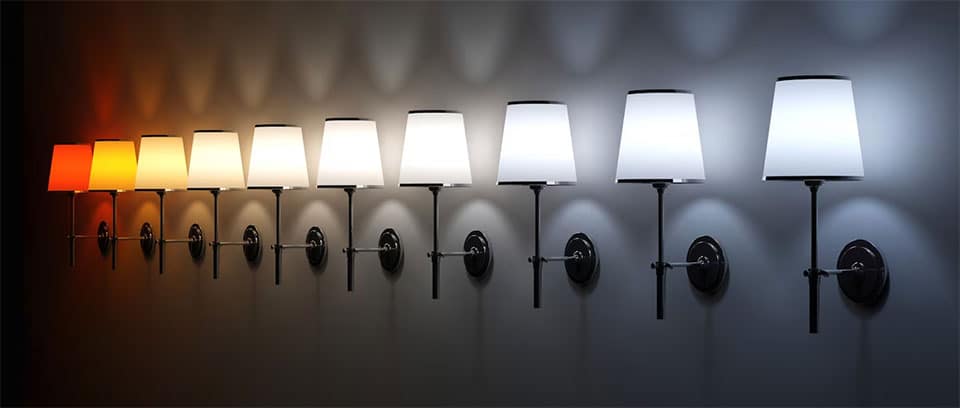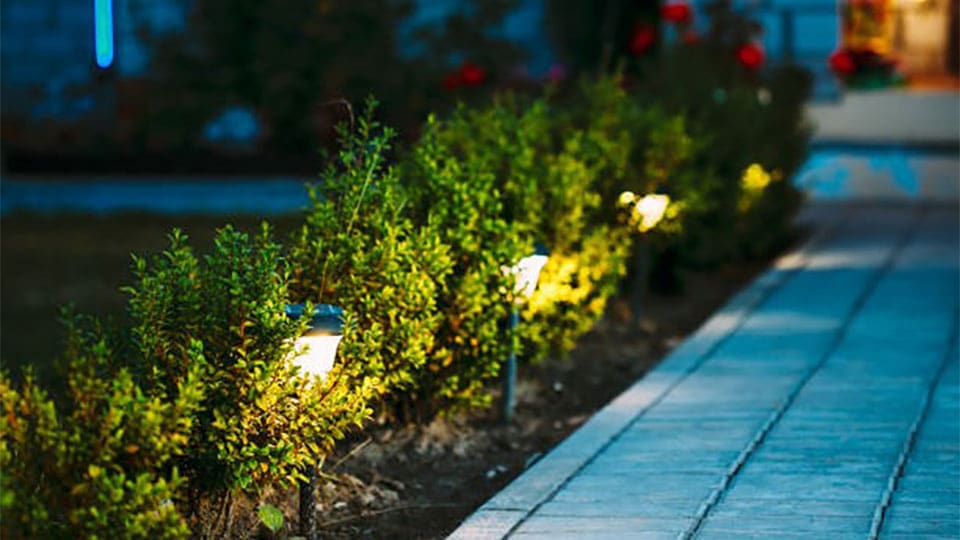Shopping for the best light bulb from an ocean of available options can be overwhelming at first. However, this should not be the case if you understand the room or area you intend to install the light bulb, the intended use, the type of light, expected brightness, shape, and color, among others. Several factors will come into play before you eventually settle on a specific type of bulb. Here are a few considerations.
Consider the Room
The place you intend to install the light bulb is the number one consideration that you should never forget. The lighting you require in the bedroom will differ from the lighting required in the dining room or kitchen. In the kitchen, for example, you may benefit from some pendant lights to define the kitchen space, while some spotlights would be great for brightness when preparing food. Floor lamps in your lounge will be great for ambience, but you could also have some table lamps and ceiling pendants too. The bedroom will require a different type of lighting, from color choice, brightness, and even the shape. You must therefore pay close attention to the room before settling on any light bulb.
Purpose Of The Lighting
After you have thought about the location or room, the next important consideration is the purpose and use of the lighting. If all you are interested in is the light, then a centerpiece light like chandeliers and pendant lights will serve the purpose. For task-based lighting, ideally in the study room for reading or working, you will need it to be bright enough to prevent eye strain and suitable for the task at hand. In the bedroom on the other hand, you might need adjustable light bulbs that can be changed depending on the time of the day. Very bright bulbs will affect your sleeping cycle while the dim ones might not produce enough light to enable you to move freely. Why not try a smart lightbulb, that can be controlled remotely via WiFi or Bluetooth from an app on your smartphone or tablet. Colour temperature and output can be adjusted effortlessly to suit your requirements.
Shop our selection of smart lighting.
Think About The Type Of Bulb
The variety of light bulbs available allows one to choose based on one’s energy-saving needs. With the soaring cost of electricity, it is prudent that you opt for a bulb that will not only meet your lighting needs, but also save you money. Currently, there are four main types of bulbs: incandescent bulbs, compact fluorescents (CFLs), halogen, and the light-emitting diode (LED) bulbs. The main difference amongst these bulbs is their energy ratings.
• Incandescent Bulbs
Most countries have phased this type of lighting out as they are very inefficient.

• Halogen
With a design almost identical to standard incandescent lightbulbs, with twice the life and an improved efficiency of up to 30 percent they proved incredibly popular. Although somewhat efficient, the majority of halogen bulbs began being phased out as of September 2021, to encourage people to make the switch to LED which is by far the more efficient option.

• Compact Fluorescents (CFLs):
Although energy efficient with reasonably long-life times, this type of lighting does have some downsides, they have a warm up time and do not produce instant light, the majority cannot be dimmed and their design is not very aesthetically pleasing.

• Light-Emitting Diode (Led) Bulbs
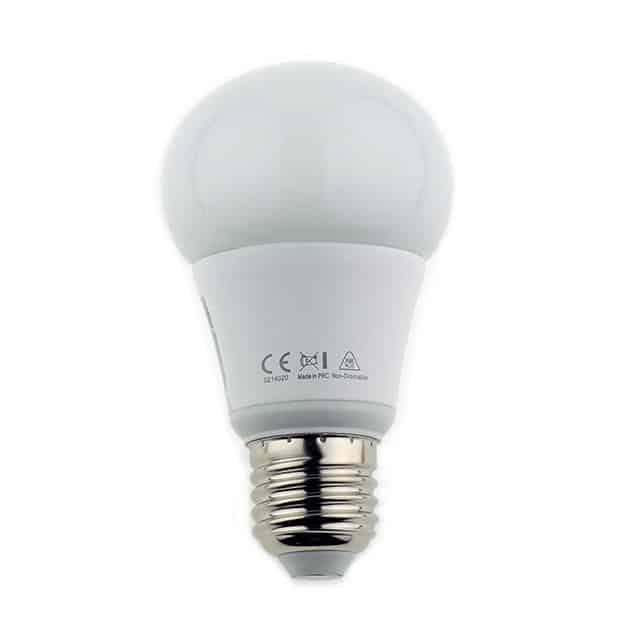
LED bulbs are the most popular due to their reliability and energy efficiency. They are up to 90% more efficient than conventional incandescent bulbs, provide instant light and have incredibly long lifetimes, making them the ideal choice. They come in a variety of different shapes, sizes, colour tones, and brightness’s, there is an option to suit your every requirement.
Factor In Energy Efficiency
With the ever-changing light bulb technology, more emphasis is currently placed on energy efficiency. Did you know that an average home spends 20% of the electricity bill on lighting alone? Considering the surging energy cost globally, it is only wise to go for energy-efficient light bulbs. Currently, LED bulbs are the most energy-friendly bulbs, their prices might be a bit higher than the traditional incandescent bulbs, however, when you consider the long-term benefits, they offer up to 90% savings and last up to 50,000 hours. Most of them come with a long warranty of between 1 and 5 years.
Compare Lumen Vs Watts
Most people pay attention to watts when shopping for light bulbs. However, a higher wattage does not necessarily translate to higher light output, especially when it comes to LED lights. You should understand the expected brightness from the light bulbs compared against the energy consumption before heading out to shop for them. The lumen should also be guided by the size and type of the room as well as the intended use. Very bright lights are suitable for poorly lit rooms.
Final Thoughts
There are other factors that should come into play when buying light bulbs such as the color and design, which should be determined by personal preferences. Even though price is important, it is safer to look at the bigger picture. You would rather spend more on energy efficient and longer lasting LED lights than opt for cheaper alternatives that will increase your electricity bill and cost you more in the long run.


